2018 retrospective
/It’s almost the end of another trip around the sun. I hope it’s been kind to you. I mean, I know it’s sometimes hard to see the kindness for all the nonsense and nefariousness in <ahem> certain parts of the world, but I hope 2018 at least didn’t poke its finger in your eye, or set fire to any of your belongings. If it did — may 2019 bring you some eye drops and a fire extinguisher.
Anyway, at this time of year, I like to take a quick look over my shoulder at the past 12 months. Since I’m the over-sharing type, I like to write down what I see and put it on the Internet. I apologize, and/or you’re welcome.
Top of the posts
We’ve been busier than ever this year, and the blog has taken a bit of a hit. In spite of the reduced activity (only 45 posts, compared to 53 last year), traffic continues to grow and currently averages 9000 unique visitors per month. These were the most visited posts in 2018:
Big open data, or is it? — about the amazing Volve dataset released by Equinor earlier this year. Don’t miss the follow-up post about its licensing: Volve: not open after all, in which I discuss the license that Equinor chose.
x lines of Python: contour maps — making nice contour maps in Python (strictly a 2017 post, but almost all of its traffic came in 2018).
What is scientific computing? — the emergence of the ‘digital geoscientist’.
Results from the AAPG machine learning unsession — what happened in Salt Lake City.
Jounce, crackle and pop — derivatives of displacement you never knew you cared about.
Last December’s post, No more rainbows, got more traffic this year than any of these posts. And, yet again, k is for wavenumber got more than any. What is it with that post??
Where in the world?
Every year I take a look at where our people are reading the blog from (according to Google). We’ve travelled more than usual this year too, so I’ve added our various destinations to the map… it makes me realize we’re still missing most of you.
Houston (number 1 last year)
London (up from 3)
Calgary (down from 2)
Stavanger (6)
Paris (9)
New York (—)
Perth (4)
Bangalore (—)
Jakarta (—)
Kuala Lumpur (8)
Together these cities capture at least 15% of our readship. New York might be an anomaly related to the location of cloud infrastructure there. (Boardman, Oregon, shows up for the same reason.) But who knows what any of these numbers mean…
Work
People often ask us how we earn a living, and sometime I wonder myself. But not this year: there was a clear role for us to play in 2018 — training the next wave of digital scientists and engineers in subsurface.
We continued the machine learning project on GPR interpretation that we started last year.
We revived Pick This and have it running on a private corporate cloud at a major oil company, as well as on the Internet.
We have spent 63 days in the classroom this year, and taught 325 geoscientists the fundamentals of Python and machine learning.
Apart from the 6 events of our own that we organized, we were involved in 3 other public hackathons and 2 in-house hackathons.
We hired awesome digital geologist Robert Leckenby (right) full time.
The large number of people we’re training at the moment is especially exciting, because of what it means for the community. We spent 18 days in the classroom and trained 139 scientists in the previous four years combined — so it’s clear that digital geoscience is important to people today. I cannot wait to see what these new coders do in 2019 and beyond!
The hackathon trend is similar: we hosted 310 scientists and engineers this year, compared to 183 in the four years from 2013 to 2017. Numbers are only numbers of course, but the reality is that we’re seeing more mature projects, and more capable coders, at every event. I know it’s corny to say so, but I feel so lucky to be a scientist today, there is just so much to do.
Cheers to you
Agile is, as they say, only wee. And we all live in far-flung places. But the Intertubes are a marvellous thing, and every week we meet new people and have new conversations via this blog, and on Twitter, and the Software Underground. We love our community, and are grateful to be part of it. So thank you for seeking us out, cheering us on, hiring us, and just generally being a good sport about things.
From all of us at Agile, have a fantastic festive season — and may the new year bring you peace and happiness.





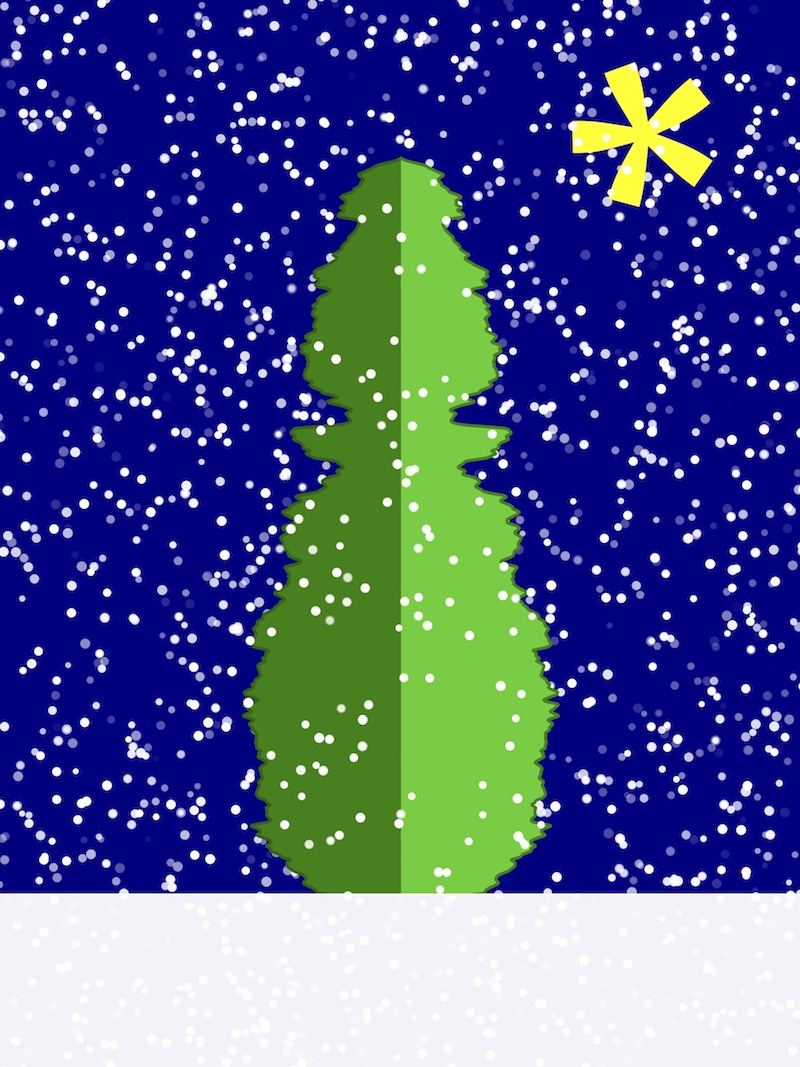



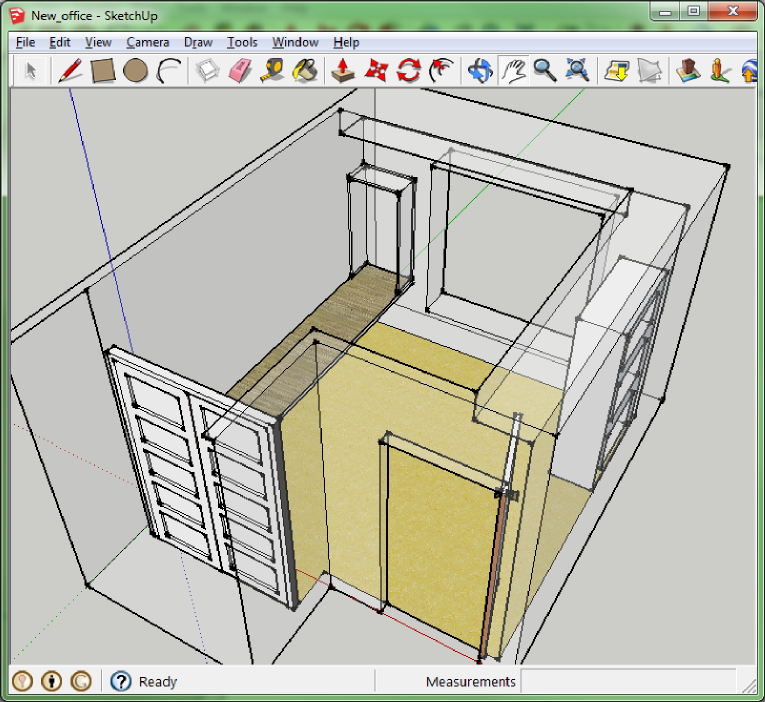
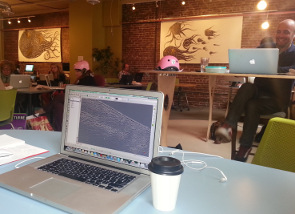

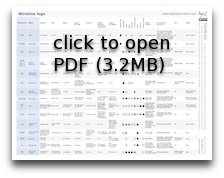
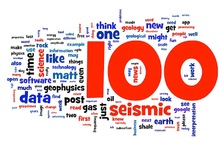
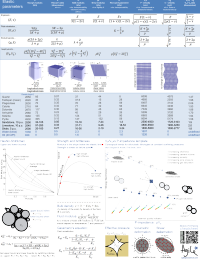

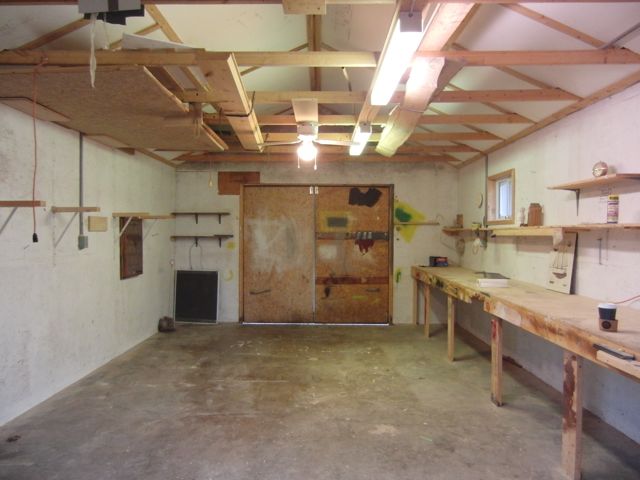
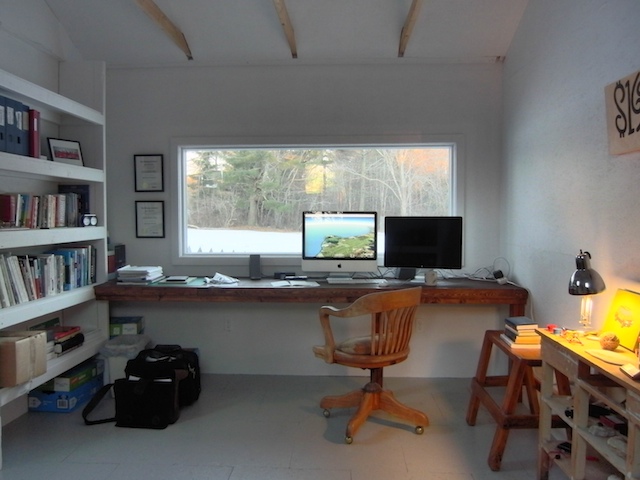






 Except where noted, this content is licensed
Except where noted, this content is licensed